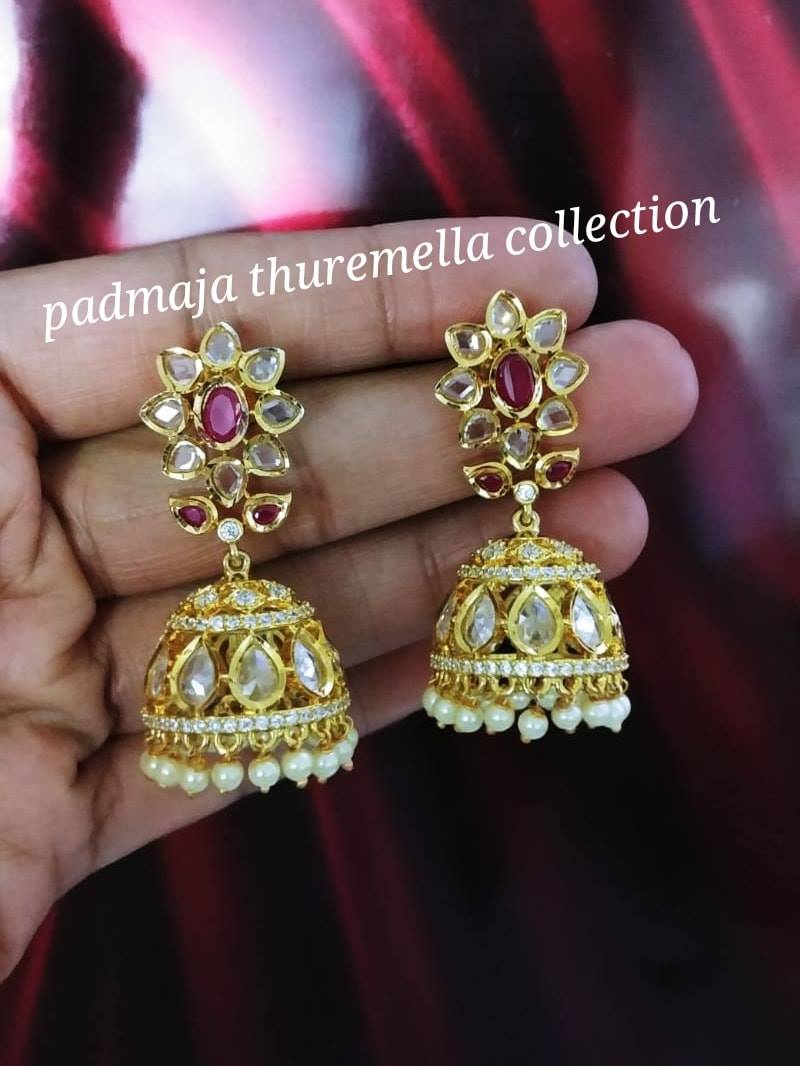
Gobi curry serve with roti/rice.
Ingredients:
1/2 tbs Channa dal
1/2 tbs urad dal
1/2 tbs mustard's
1/2 tbs cumin seeds
A pinch of turmeric
4 green chilies (Depending upon your spice scale you can add more chilies
or red chili powder)salt to taste
2 tbs oil
1 bowl Gobi florets
1 medium onion
1 and 1/2 tomatoes
1 tbs ginger
1 tbs garlic
8 curry leaves
2 tbs Coriander leaves
Nutritional benefits of cauliflower:
Everyone knows that eating the right amount of fruit and vegetables each
day can reduce the risk of disease, improve overall health, and rid the body
of harmful substances. Cauliflower is a member of the 'white' family in terms
of fruits and vegetables. Included in this group are other natural foods
such as bananas, mushrooms, onions, and garlic. Cauliflower contains
allicin, which can improve heart, health and reduce the risk of strokes,
and selenium, a chemical that works well with Vitamin C to strengthen
the immune system. Cauliflower can also help to maintain a healthy
cholesterol level.
Folate is also found in cauliflower, which is a B vitamin that is needed for
cell growth and replication. For this reason, it is often recommended that
women who are pregnant or may become pregnant eat significant amounts
of cauliflower in order to help their unborn children develop properly.
Of course, cauliflower is an excellent source of fiber, which helps to improve
colon health and can even help prevent cancer. And, most recently,
it has been discovered that cauliflower, as well as other cruciferous
vegetables, such as brussel sprouts and cabbage, contain indole-3-carbinol,
a substance that can affect the metabolism of estrogen in the body,
and prevent breast and other female cancers.
Cauliflower also contains vitamin C and folate. Folate helps the blood work
more efficiently and is often recommended for preventing anemia.
Folate is also essential for proper tissue growth and not getting enough
can make you susceptible to many diseases down the road such as cancer
and heart disease. Vitamin C is considered an antioxidant. When used
alongside other antioxidants such as vitamin E and beta carotene,
you can keep your immune system strong.
Three florets of cauliflower a day will provide you with 67% of your
daily vitamin C requirement. When purchasing cauliflower, make sure
the tops are white. If the floret has begun to spot brown or puple,
it is past its nutritional peak. Serving the cauliflower raw will give you
the highest nutritional benefits, however, if you must cook it, lightly
steamed will also keep its cancer-fighting components intact.
Preparation:
1. Separate the florets from cauliflower. Wash & drain. Keep it aside.
2. Heat oil in a pan. Add Channa dal, urad dal,cumin seeds,mustard.
When mustard starts popping add curry leaves.
3. Add chopped onions,saute them. Let the onions become light brown colour,
add ginger and garlic,green chilies mix well.
4. Add tomatoes, turmeric, salt and stir well and cook till the tomatoes absorbs
the flavour.
5. Finally add Gobi florets, coriander leaves. Cover to Cook on medium heat
up to 10-15min.
6. Gobi curry is ready to serve.....

























